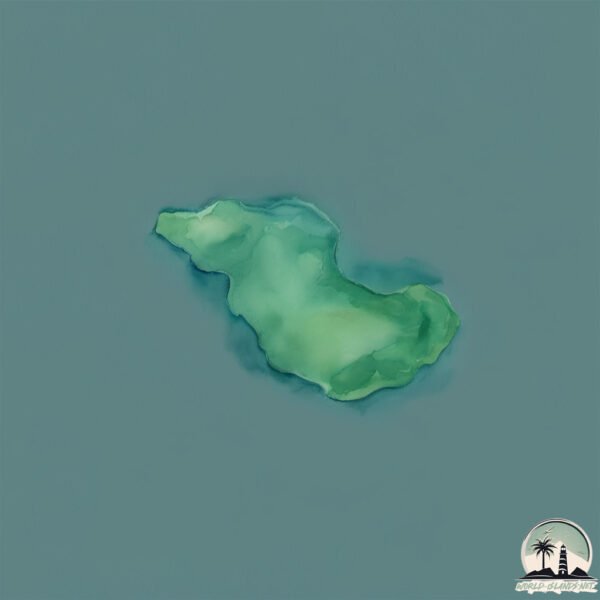Isla Lagos

Welcome to Isla Lagos, a Polar island in the South Pacific Ocean, part of the majestic Pacific Ocean. This guide offers a comprehensive overview of what makes Isla Lagos unique – from its geography and climate to its population, infrastructure, and beyond. Dive into the details:
- Geography and Size: Explore the island’s size and location.
- Climate and Weather: Weather patterns and temperature.
- Topography and Nature: Uncover the natural wonders of the island.
- Infrastructure and Travelling: Insights on reaching, staying, and making the most of your visit.
- News and Headlines: Latest News.
Geography and size of Isla Lagos
Size: 0.362 km²
Coastline: 3.3 km
Ocean: Pacific Ocean
Sea: South Pacific Ocean
Continent: South America
Isla Lagos is a Tiny Island spanning 0.362 km² with a coastline of 3.3 km.
Archipel: –
Tectonic Plate: Scotia – Situated in the Southern Ocean, surrounding the Scotia Sea, between South America and Antarctica, known for the Scotia Arc and active seismicity.
The geographic heart of the island is pinpointed at these coordinates:
Latitude: -54.08723491 / Longitude: -72.48059485
Climate and weather of Isla Lagos
Climate Zone: Polar
Climate Details: Tundra
Temperature: Cold
Climate Characteristics: The tundra climate features long, extremely cold winters and short, cool summers. Vegetation is limited to mosses, lichens, and small shrubs due to the low temperatures and short growing seasons. Biodiversity is low, but some specialized species thrive.
Topography and nature of Isla Lagos
Timezone: UTC-04:00
Timezone places: America/La_Paz
Max. Elevation: 21 m
Mean Elevation: 18 m
Vegetation: Shrubland
Tree Coverage: 50%
The mean elevation is 18 m. The highest elevation on the island reaches approximately 21 meters above sea level. The island is characterized by Plains: Flat, low-lying lands characterized by a maximum elevation of up to 200 meters. On islands, plains are typically coastal lowlands or central flat areas.
Dominating Vegetation: Shrubland
Dominated by shrubs and small bushes, these areas are typical in dry, rocky, or sandy environments, as well as in regions with poor soil fertility. Isla Lagos has a tree cover of 50 %.
Vegetation: 1 vegetation zones – Minimal Diversity Island
These islands exhibit the most basic level of ecological diversity, often characterized by a single dominant vegetation type. This could be due to extreme environmental conditions, limited land area, or significant human impact. They represent unique ecosystems where specific species have adapted to thrive in these singular environments.
Infrastructure and Travelling to Isla Lagos
Does the island have a public airport? no.
There is no public and scheduled airport on Isla Lagos. The nearest airport is President Carlos Ibañez del Campo International Airport, located 217 km away.
Does the island have a major port? no.
There are no major ports on Isla Lagos. The closest major port is CALETA MINA ELENA, approximately 168 km away.
The mean population of Isla Lagos is 7 per km². Isla Lagos is Gently Populated. The island belongs to Chile.
Continuing your journey, Guardia Marina Zanartu is the next notable island, situated merely km away.
Inside Isale Eko: The Real Gangs of Lagos Island



Chile is classified as Emerging region: G20: Group of Twenty – Major economies comprising both developed and emerging countries, representing the world’s largest economies. The level of income is Upper middle income.
News – Latest Updates and Headlines from Isla Lagos
Stay informed with the most recent news and important headlines from Isla Lagos. Here’s a roundup of the latest developments.
Please note: The data used here has been primarily extracted from satellite readings. Deviations from exact values may occur, particularly regarding the height of elevations and population density. Land area and coastline measurements refer to average values at mean high tide.
